Ann Radcliffe’s Gothic horror
Playing with their readers' emotions, English literary women stage heroines and heroes in strange places: dungeons, cliffs, mysterious castles and austere moors. They did not lack imagination! This series presents these female authors, from the first gothic novels to the intense passions of the Victorian era.
L'Italien, ou Le confessionnal des pénitents noirs, 1857
Classed as one of the pioneers of gothic literature, Ann Radcliffe distinguished herself with her captivating stories. The Mysteries of Udolpho are impossible to put down!
The Gothic novel found its most fertile ground in England in the 18th century. Initiated by Horace Walpole in his novel Castle of Otranto (1764), this literary genre met an increasing success in Europe. Intricately linked with the ideas of the philosophers of the Enlightenment, gothic novels staged vertiginous cliffs and abysses, which revealed landscapes that inspire a feeling of sublime, as described by the Irish philosopher Edmund Burke in Recherches philosophiques sur l'origine des idées que nous avons du beau et du sublime (1765).
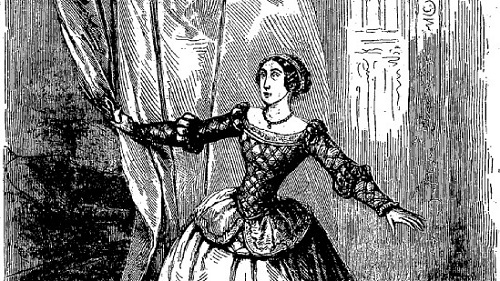
Ann Radcliffe, Les mystères d'Udolphe. Illustré par J.-A. Beaucé, 1869
Women distinguished themselves in this new genre, and in particular Ann Radcliffe (1764-1823) who married a newspaper editor (The English Chronicle) and began to write fiction as a hobby. This was without counting on the immense success of the Mysteries of Udolpho (1794) which attracted a considerable number of readers across Europe. Psychological terror dominates the story, which is based on a succession of supernatural or unexpected events. The strange landscapes of the Pyrenees and of the maze-like canals of Venice paint unusual settings. The reader empathises with the heroine, Emilie, a young orphan who is imprisoned in the castle of Udolpho. As in her other works The Italian (1857) or The Romance of the Forest , the author depicted young innocent women who are confronted with mysterious heroes in disconcerting places, ruins or sinister castles.

Ann Radcliffe, Les Mystères d'Udolphe, 1869, p. 38
Very popular amongst the aristocracy and upper-class circles, and especially female readers, these novels aim to immerse the reader in a disquieting atmosphere, with intricate details which submerge the reader in terrifying surroundings. Characters such as bandits, vampires, demons, ghosts, and persecuted women develop in isolated or withdrawn locations which are prone to supernatural apparitions, such as in Etienne Lamothe-Langon's pastiche L'Hermite de la tombe mystérieuse, ou Le fantôme du vieux château (1822). Scenes that happen at night or in dark enclosed spaces, such as prisons or graveyards occur frequently:
Ann Radcliffe, L'Hermite de la tombe mystérieuse, ou Le fantôme du vieux château, 1822, p. 3
Ann Radcliffe was a pioneer of gothic fiction, and she inspired many authors such as Jane Austen, who adapted the literary codes of this type of writing in Northanger Abbey (1817), or Mary Shelley with Frankenstein, a precursor of science-fiction. Some went as far as imitating Ann Radcliffe’s style, such as Balzac, who parodied her novels in L'Héritière de Birague , published in 1822 under the double pseudonym of A.de Viellerglé and Lord R’Hoone! Gothic novel, or “terrifying” novel, this genre was still very popular from the end of the 13th Century to the beginning of the 19th century. Beyond the enthusiasm for macabre and terrifying settings, gothic themes continued to feed English literature until the development of fantasy, from Robert Louis Stevenson’s The Strange Case of Dr Jekyll and Mr Hyde in 1886, to Oscar Wilde’s Portrait of Dorian Gray in 1890, and Bram Stoker, who furthers the genre towards the horror novel with Dracula in 1897.
Ann Radcliffe, Les Mystères d'Udolphe, 1869
Further reading
The previous blog posts in the series « English Women Writers »
Isabelle Le Pape
(translated from French by Claire Carolan)


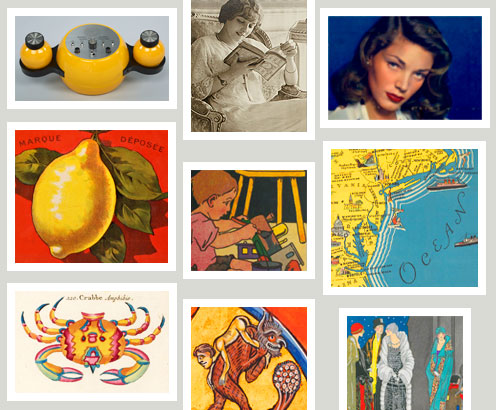
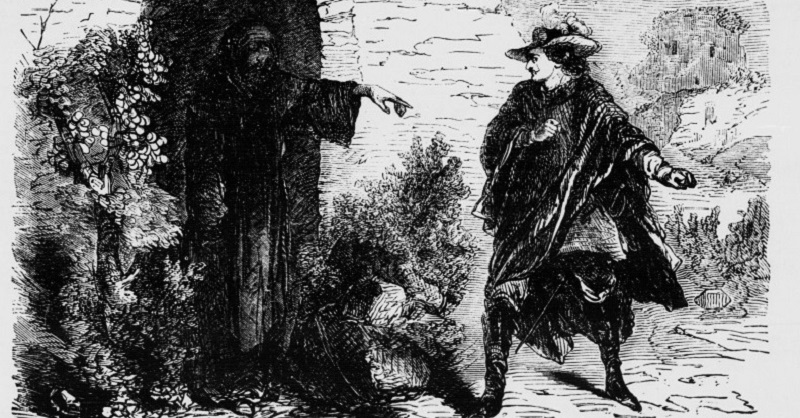
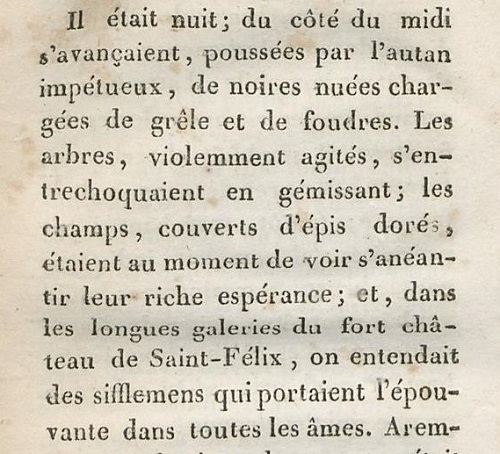
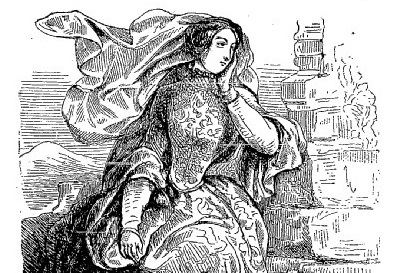
Ajouter un commentaire